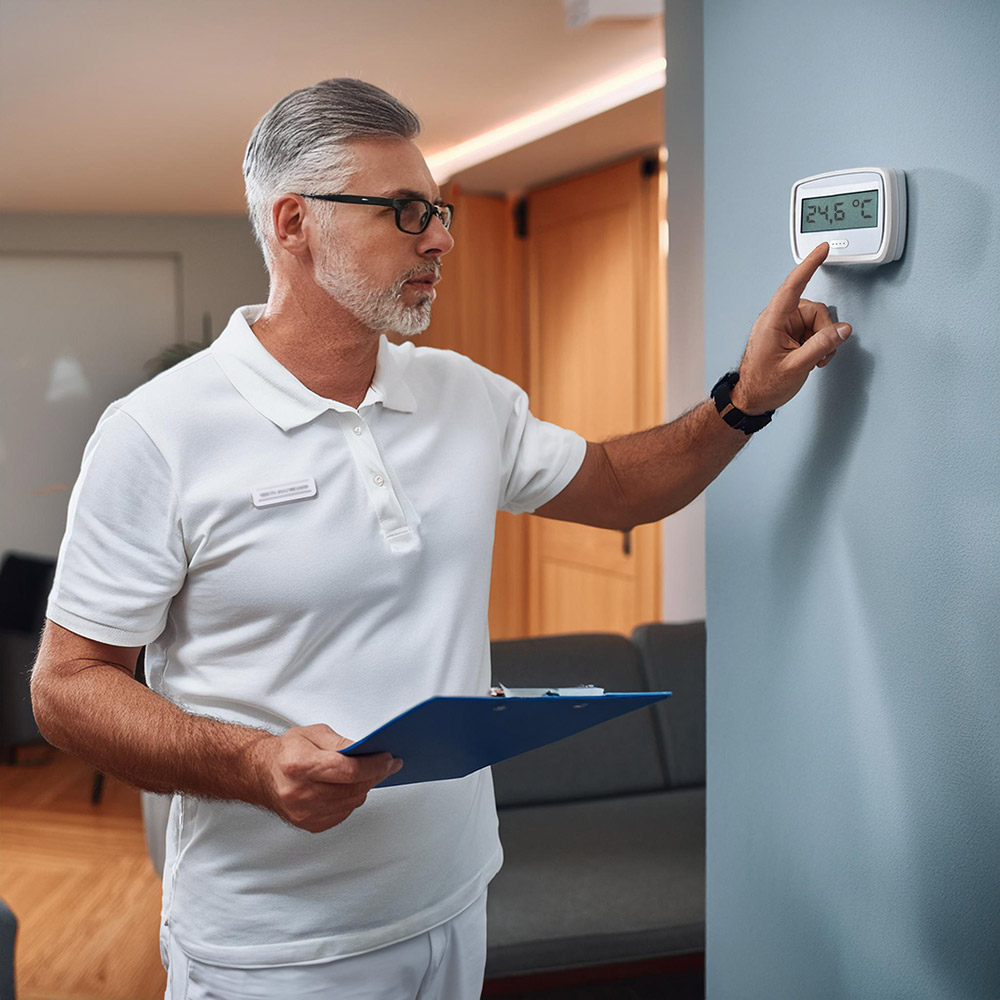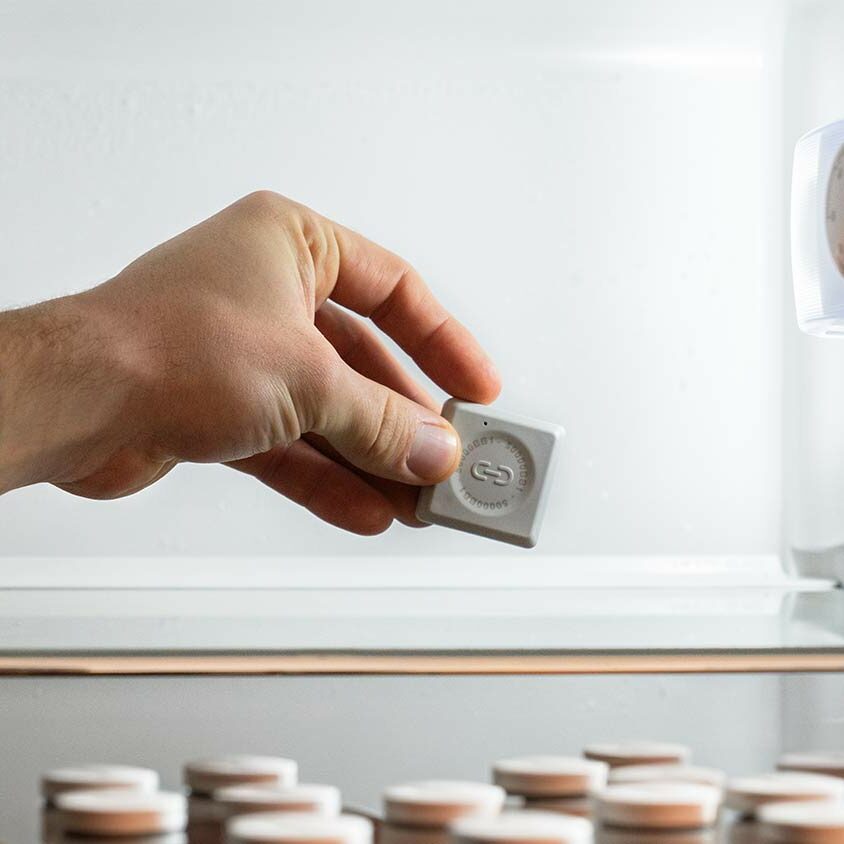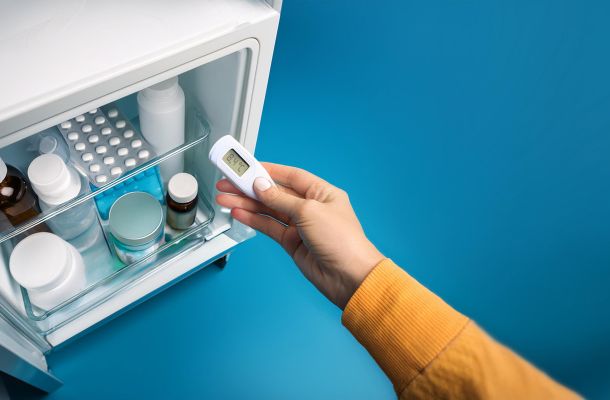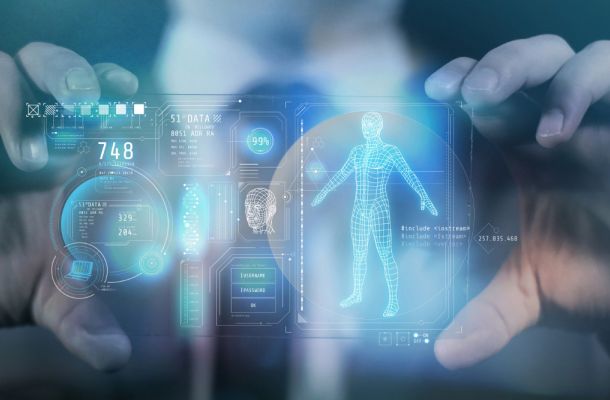Heat protection plan: How to monitor temperatures in real time
Temperatures will continue to rise in the future - and with them the effects of heat on those in need of care and care staff. High temperatures can pose a serious threat, especially in summer. A well thought-out heat protection plan is therefore essential. In this blog post, you will learn how you can monitor temperatures in real time as part of a heat protection plan and thus protect care recipients, care staff and temperature-sensitive goods.
What is a heat protection plan?
A heat protection plan is a systematic approach to minimise the effects of heat. It includes measures such as adapting drinking behaviour, clothing or offering active cooling agents to protect the health of patients and care staff. Continuous monitoring of the room temperature is also an important part of a heat protection plan. This is the only way to react in good time and take measures to prevent overheating.
Check temperatures
Regularly checking the room temperature is essential for an effective heat protection plan. It is important to not only keep an eye on the outside temperatures, but also the temperatures inside the rooms. High room temperatures can be particularly dangerous for people in need of care, who often have a reduced ability to thermoregulate. You should therefore check and document the room temperatures several times a day. In addition to the room temperatures as part of heat protection, the temperatures of medicine cabinets and food must also be checked and documented in accordance with regulations, which entails additional work.

The challenge of high personnel costs
However, manually monitoring temperatures can be very time-consuming. Care staff are often already very busy and have little capacity to regularly check and document temperatures. In addition, manual temperature measurement only provides snapshots, which are often not meaningful enough in connection with the storage of food and medication. Manual documentation involves a great deal of bureaucracy and is prone to errors. Continuous temperature recording is therefore essential to ensure that temperatures are always within safe ranges.

Solution: Automated monitoring through sensor technology
The solution to this problem is the automated monitoring of temperatures using sensors. With modern sensors, you can continuously monitor room temperatures or the temperatures in medicine cabinets and refrigerators. These sensors measure the temperature and send the data to a platform. This gives you an overview of the current temperatures at all times and allows you to react immediately if necessary. Such an approach makes the implementation of a heat protection plan much more effective and relieves the burden on care staff considerably.
Sample action plan
Some municipalities and federal states already have heat action plans that contain all the important steps and measures that should be included in a heat protection plan. You can download these plans and adapt them to your individual needs: Overview of published heat action plans
A well-developed heat protection plan is essential to ensure the health and safety of patients and carers. Utilise the possibilities of automated temperature monitoring to effectively implement your heat protection plan. This way, you are well prepared for the hot days.


